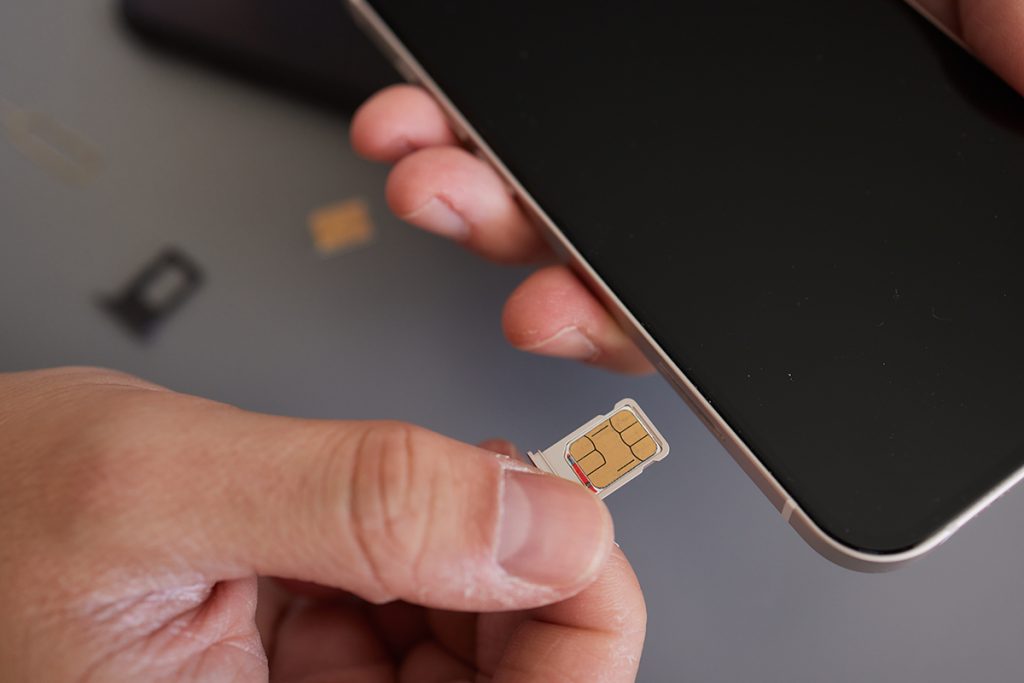With summer upon us, many are eagerly planning their long-awaited vacations, and for most travelers, a smartphone is an essential companion. Whether it’s navigating through unfamiliar streets with Google Maps, sharing picturesque moments on Instagram, or staying connected with loved ones through WhatsApp, the reliance on mobile data is undeniable. However, the prospect of hefty roaming fees from phone carriers can put a damper on the excitement of exploring new destinations.
Enter the roaming eSIM — a digital solution to avoid those pesky data fees while traveling abroad. For those unfamiliar, eSIMs, short for embedded SIM cards, are replacing traditional physical SIM cards in newer smartphones. These digital counterparts perform the same function of providing cellular connectivity but offer added flexibility and convenience, especially for globetrotters.
The benefits of using an eSIM extend beyond just avoiding roaming fees. They simplify the process of switching cell carriers, which is particularly useful for travelers seeking better data roaming rates than those offered by their home network. Additionally, many smartphones now support multiple eSIMs, allowing users to seamlessly switch between different carriers or use two at the same time.
But where does one acquire a roaming eSIM, and how much does it cost? The eSIM market boasts numerous providers, with names like Nomad, Holafly, and Airalo offering competitive rates and extensive coverage. Prices are typically transparently displayed online, with packages tailored to specific countries or regions, ensuring travelers can find the best rates for their destinations. For example, Airalo offers 10 gigabytes of data for $37 for a month covering 30 European countries, while Holafly provides unlimited data for 69 euros ($75).
Activating an eSIM is a straightforward process, typically involving scanning a QR code or entering a code manually into the phone settings. Both iPhone and Android users can take advantage of this technology, provided their devices support eSIM functionality. Compatibility isn’t an issue, with over 200 devices supporting eSIM technology, including recent models from Apple, Samsung, and Google.
Despite the convenience of roaming eSIMs, it’s essential for travelers to assess their own carrier’s roaming costs before making the switch. While roaming fees have decreased significantly in recent years, especially within the European Union where they’ve been abolished for internal travel, travelers should still weigh the benefits against the potential costs.
For those hesitant to adopt eSIM technology due to concerns about its reliability or ease of use, rest assured that many users have reported smooth experiences with minimal issues. While there may be some negative reviews regarding certain providers, diligent research and choosing reputable companies can mitigate any potential pitfalls.
As the travel industry rebounds from the challenges of the past year, embracing technologies like roaming eSIMs can enhance the overall experience for globe-trotting adventurers. Whether it’s exploring ancient ruins in Greece, sampling street food in Thailand, or soaking up the sun on a Caribbean beach, staying connected without breaking the bank is now more accessible than ever.
As you embark on your summer adventures, don’t forget to pack your virtual passport — the roaming eSIM — and bid farewell to those dreaded roaming fees. Happy travels!


